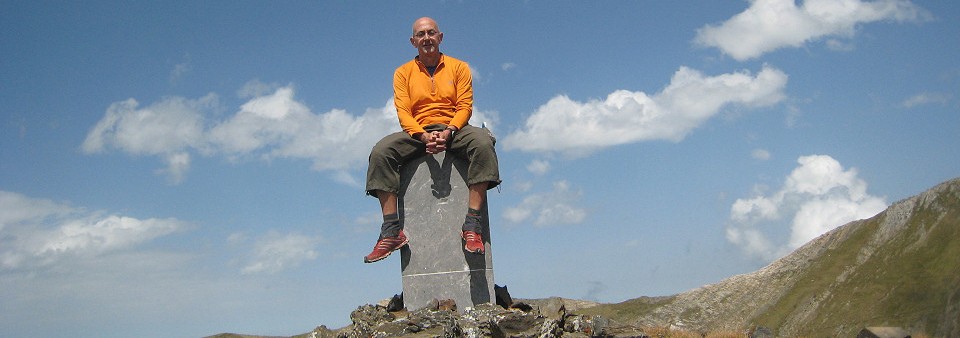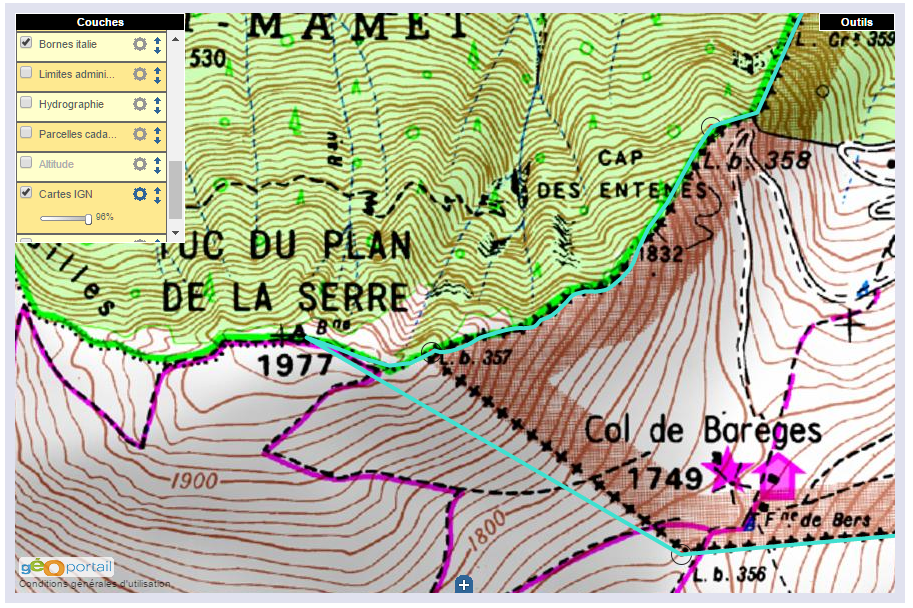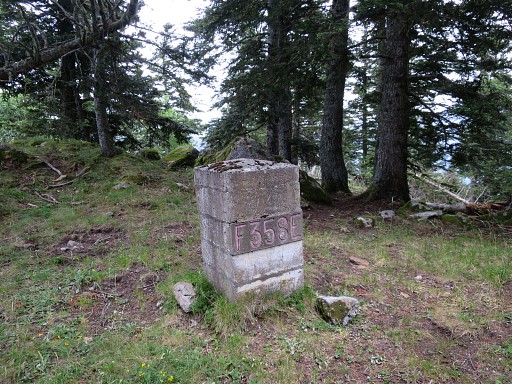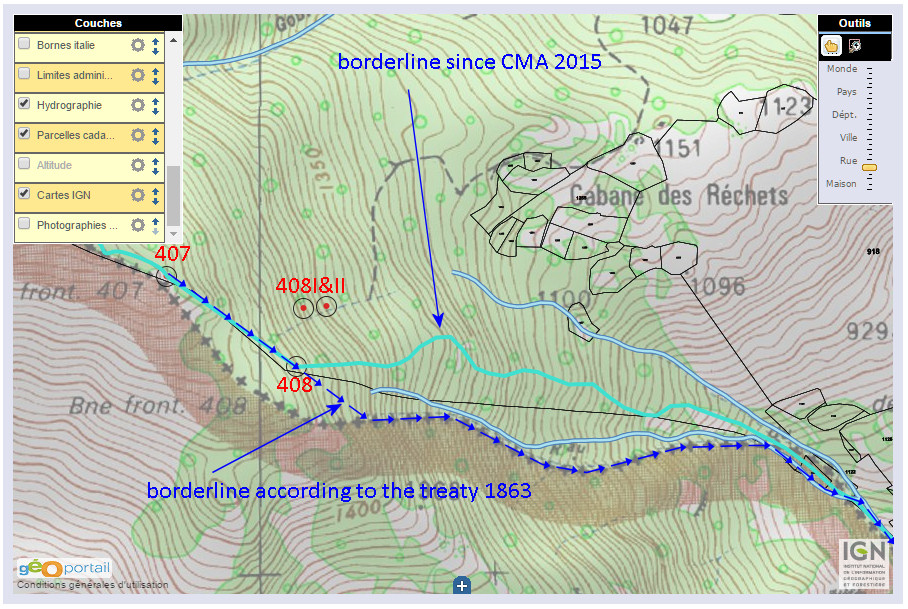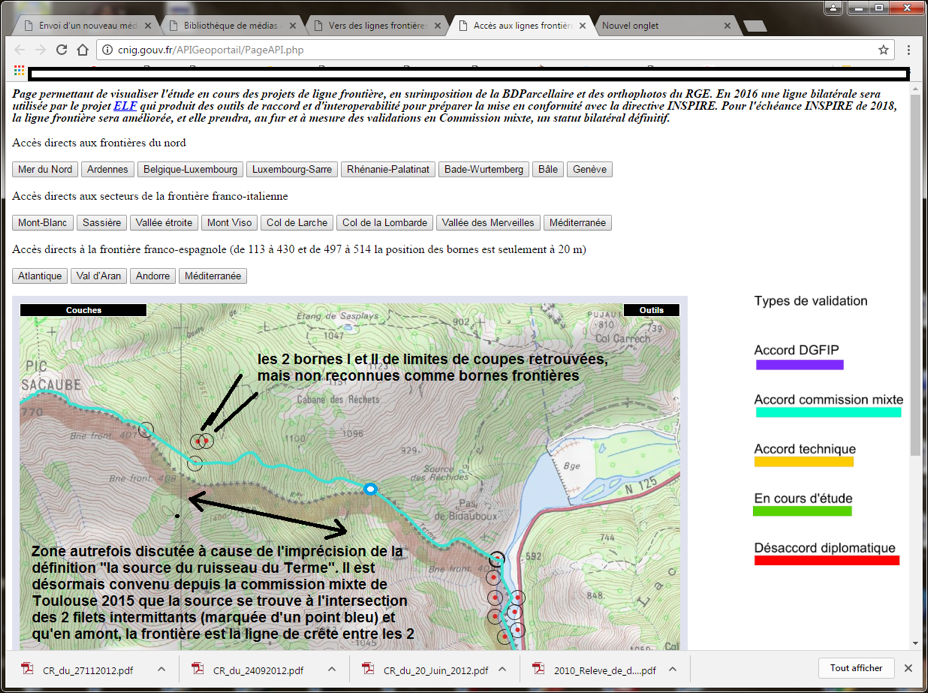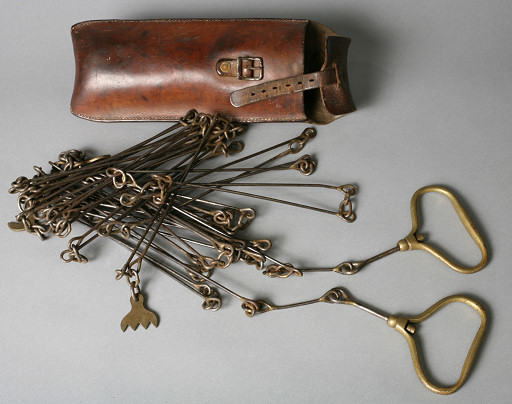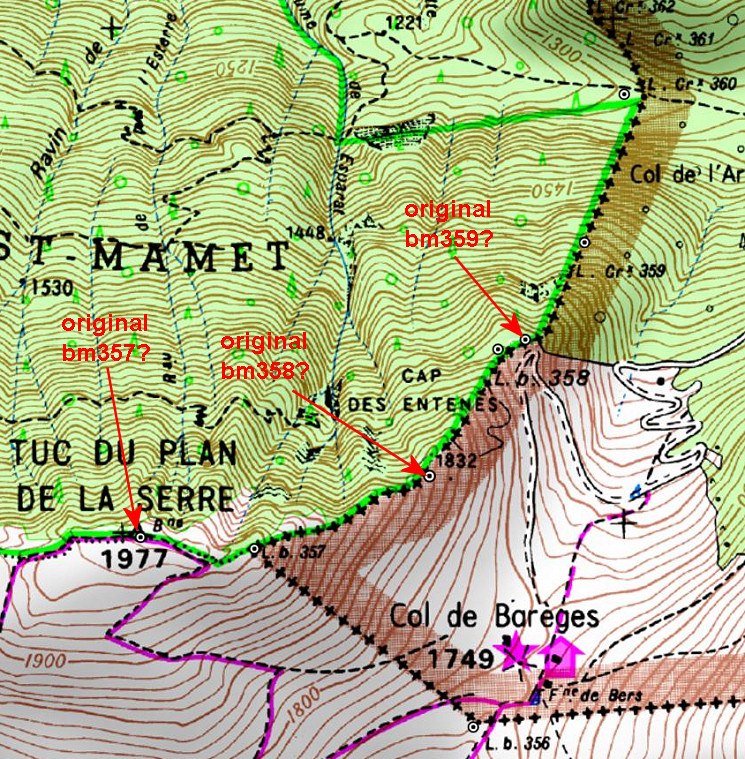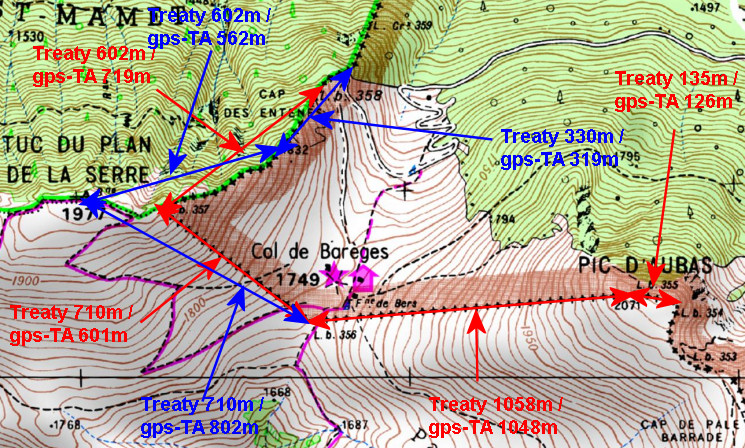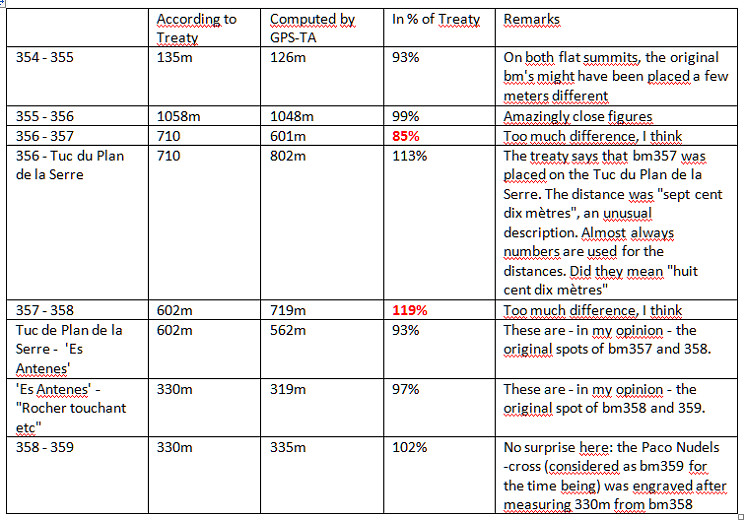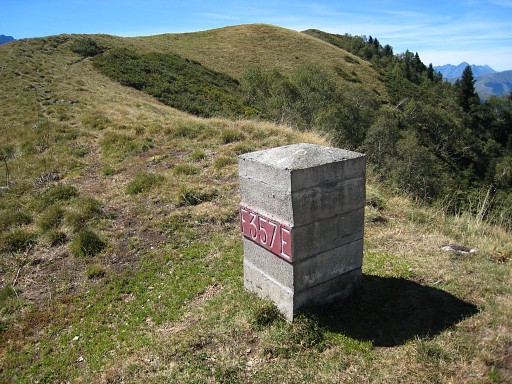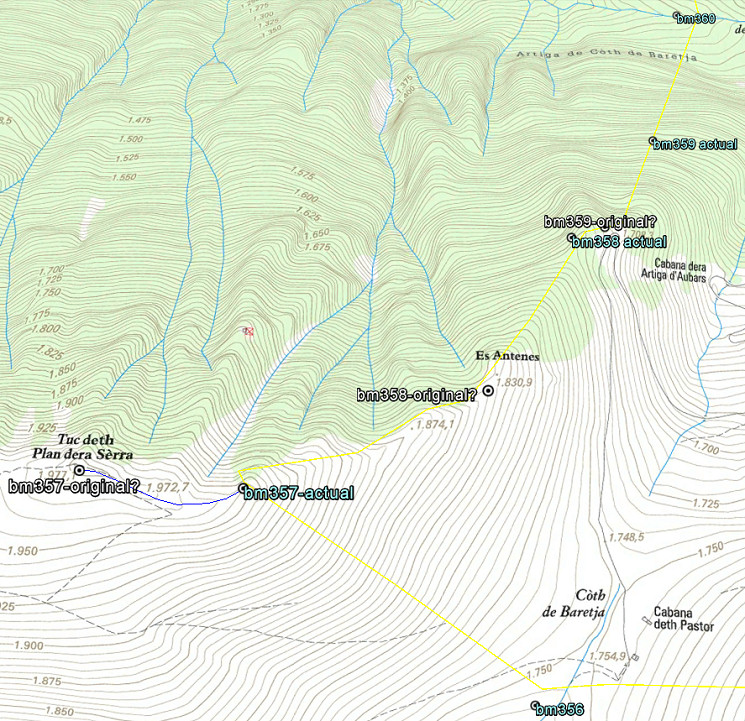Jean-Paul Laborie is a commissioner of the Pyrenean border committee. As such, he is popular with the media and has appeared several times in newspapers-articles or on television.
His latest appearance on television was part of a news-broadcast (Le 13 heures du samedi 23 mai 2020) on the French TF1-channel. Not as an actual news-item but as a human interest subject on the bordermarkers of the Pyrenees. The video contains a lot of drone-made aerial footage, I like that.
Les-bornes-frontière-de-Napoléon – Le 13 heures du samedi 23 mai 2020_TF1 from Eef Berns on Vimeo.
The video has four parts:
– part 1: Jean-Paul visits Col du Portillon (bm366) and Col de Barèges (bm356 and 358) and gives some explanations
– part 2: a trip (without Jean-Paul) to the old mines of Bentaillou which are said to be close to bm420. In fact they are much closer to bm418/419 which is still a 2-hours walk from the mines. The guide points wrongly to a col (Portillon d’Albe) where there is no bordermarker and to a mountain top (Pic de Serre Haute) with a ‘borne’ visible. But that not a ‘borne frontière’ but a giant cairn.:
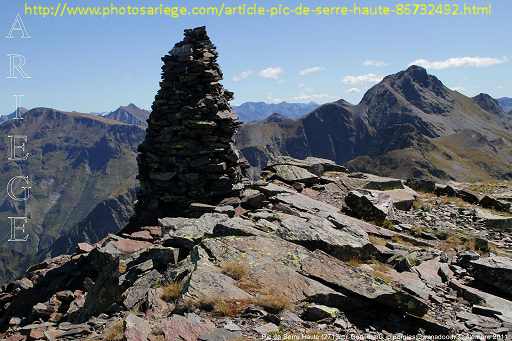 (Picture above borrowed from this webpage)
(Picture above borrowed from this webpage)
– part 3: two short visits to Llivia and Le Perthus
– part 4: Jean-Paul visits for the first time bm602 which is in a cave at the mediterranean coast. Bm602 is only accessible by boat or by swimming.
